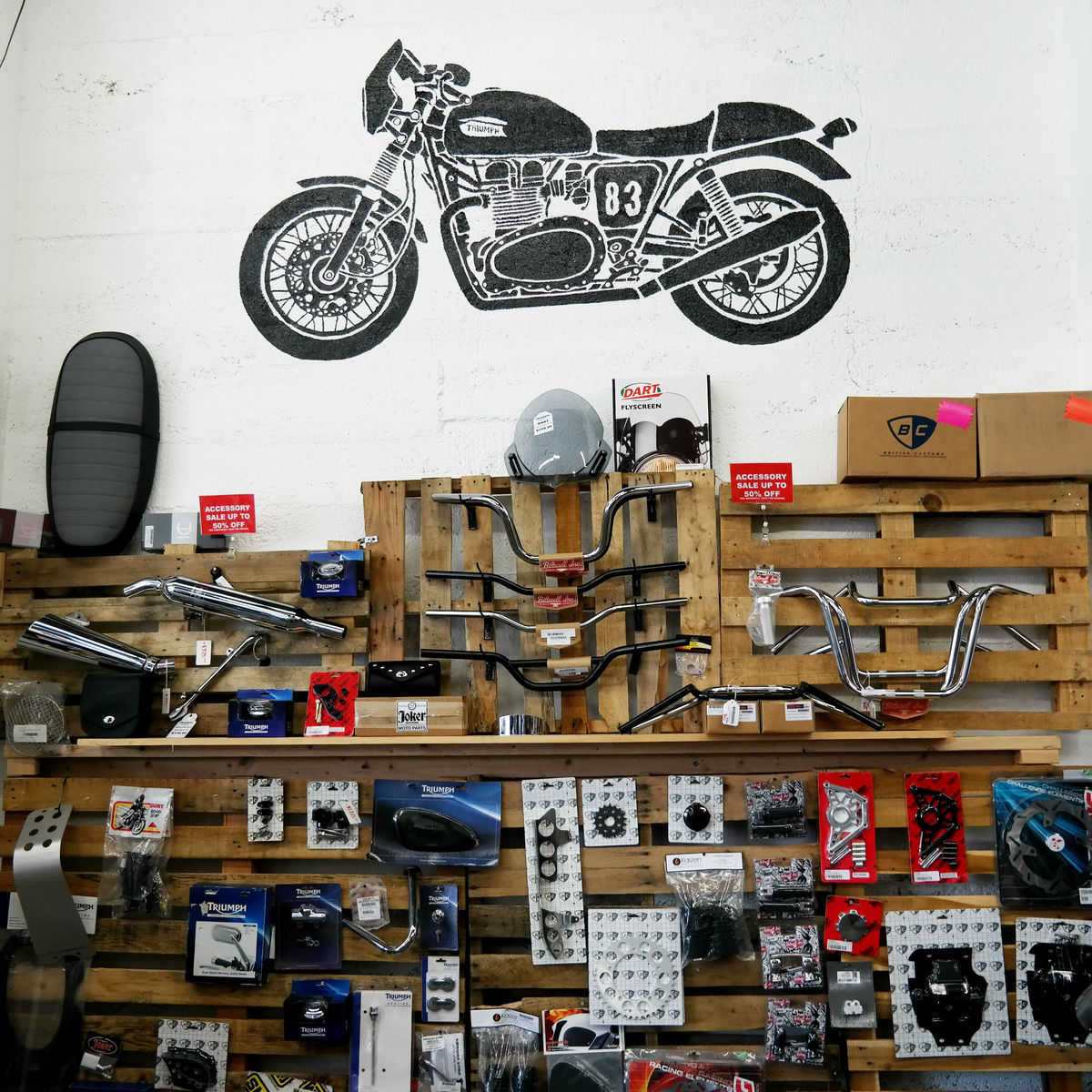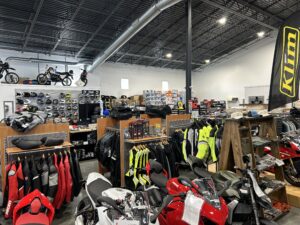A Detailed Check Out Bike Parts: What Every Biker Ought To Know
A comprehensive understanding of motorcycle components is not just advantageous but critical for any type of biker aiming to optimize performance and safety. Each element, from the engine's elaborate operations to the dependability of brake systems, plays an essential role in the overall experience and capability of the bike.
Understanding the Engine
The engine, frequently considered the heart of a bike, is a complex assembly of elements that operate in harmony to convert fuel right into activity. At its core, the engine's primary function includes the burning procedure, where air and fuel mix and fire up within the cyndrical tubes, resulting in controlled surges that drive the pistons. These pistons move up and down, converting chemical energy right into power, which ultimately turns the crankshaft, ultimately powering the bike.

Recognizing the ins and outs of a motorbike engine is important for bikers and lovers alike. It not just gives insight into just how bikes accomplish their outstanding power and speed yet likewise aids in reliable maintenance and troubleshooting, guaranteeing longevity and integrity when driving.
Suspension Systems
While the engine powers the motorcycle, the suspension system plays an important role in ensuring a regulated and smooth experience. The suspension system is responsible for taking in shocks from the road surface area, preserving tire call, and offering stability throughout cornering and stopping. It makes up 2 primary components: the front forks and the back shock absorbers.
Front forks are typically telescopic, containing a springtime and dampening mechanism. The springtime extends and presses to take in bumps, while the dampening device manages the movement to stop too much jumping. This mix ensures the front wheel remains in contact with the roadway, supplying remarkable handling and comfort.
The rear suspension, generally a monoshock or twin-shock arrangement, functions similarly to the front suspension yet is customized to support the bike's weight and rider - motocross parts nz. It takes care of back wheel movement, adding to the bike's general equilibrium and responsiveness
Suspension systems can be adjustable, enabling cyclists to fine-tune preload, compression, and rebound settings according to personal preferences and riding conditions. This adjustability improves efficiency by maximizing the bike's communication with diverse terrains. In summary, an effective suspension system is critical for rider comfort, safety, and the motorcycle's managing expertise.
Brake Elements
Quiting power is a fundamental aspect of motorcycle safety, and it rests on the effectiveness of the brake elements. The primary elements of a motorbike's braking system consist of the brake pads, calipers, blades, and master cyndrical tube. mx gear nz. Each of these components plays an important function in making certain reliable like this stopping performance
Brake pads are vital as they produce the required friction against the blades to reduce or stop the bike. Created from products such as sintered metal or organic compounds, the option of brake pad product considerably impacts performance and long life. Calipers, real estate the brake pads, use stress to the pads when the brake lever is involved, promoting call with the blades.
The rotors, generally made from stainless steel or cast iron, are placed to the wheels and offer as the surface versus which the brake pads press. Their style, including size and density, affects you can try here heat dissipation and quiting power. The master cyndrical tube, linked to the brake lever, creates hydraulic pressure sent with brake lines to the calipers, guaranteeing regular braking pressure.
Routine upkeep and assessment of these components are essential for optimal efficiency, avoiding wear and making certain biker safety and security on the roadway.
Tire Basics
Beyond preserving durable stopping systems, ensuring ideal tire efficiency is just as significant for motorbike safety and security and efficiency. Tires are the sole get in touch with factor in between the motorcycle and the road, making their problem crucial in handling, stability, and general adventure top quality. Selecting the suitable tire kind is critical, as it directly influences grip and efficiency. Options vary from exploring to sporting activity tires, each designed to accommodate certain riding designs and problems.

Additionally, consider the tire's age. Rubber substances break down over time, also if tread appears ample. Inspect the sidewall for the DOT (Division of Transportation) code to ascertain the tire's age. Commonly, replacement is suggested every five years, despite wear. Investing focus in these tire essentials not just optimizes performance but also dramatically improves riding safety and security.
Electric Equipments
In the realm of motorcycle maintenance, the electrical system plays a crucial function in making certain trustworthy efficiency and rider safety. This elaborate network includes necessary parts such as the battery, generator, starter electric motor, and wiring harness. Each element is important for the seamless operation of the motorbike, from ignition to illumination and communication with different sensors.
The battery works as the heart of the electric system, giving the necessary power to start the engine and operate accessories. Consistently checking the battery's voltage and terminals for corrosion is essential to avoid unforeseen failings. The alternator, on the other hand, reenergizes the battery while the engine is running, making sure a continual power supply.
To preserve it, riders need to pay interest to any kind of uncommon noises or troubles during start-up. Ensuring that the cords are complimentary and intact from damage is important for protecting against short circuits and ensuring capability.
Final Thought

Quiting power is an essential facet of motorbike safety, and it pivots on the efficiency of the brake components. The primary elements of a motorbike's braking system consist of the brake pads, calipers, blades, and master cyndrical tube.Brake my explanation pads are important as they produce the required friction versus the rotors to slow down or quit the motorbike.Beyond preserving robust stopping systems, making certain ideal tire efficiency is just as significant for motorbike security and efficiency.In the world of motorbike upkeep, the electric system plays an important role in ensuring dependable efficiency and motorcyclist safety.